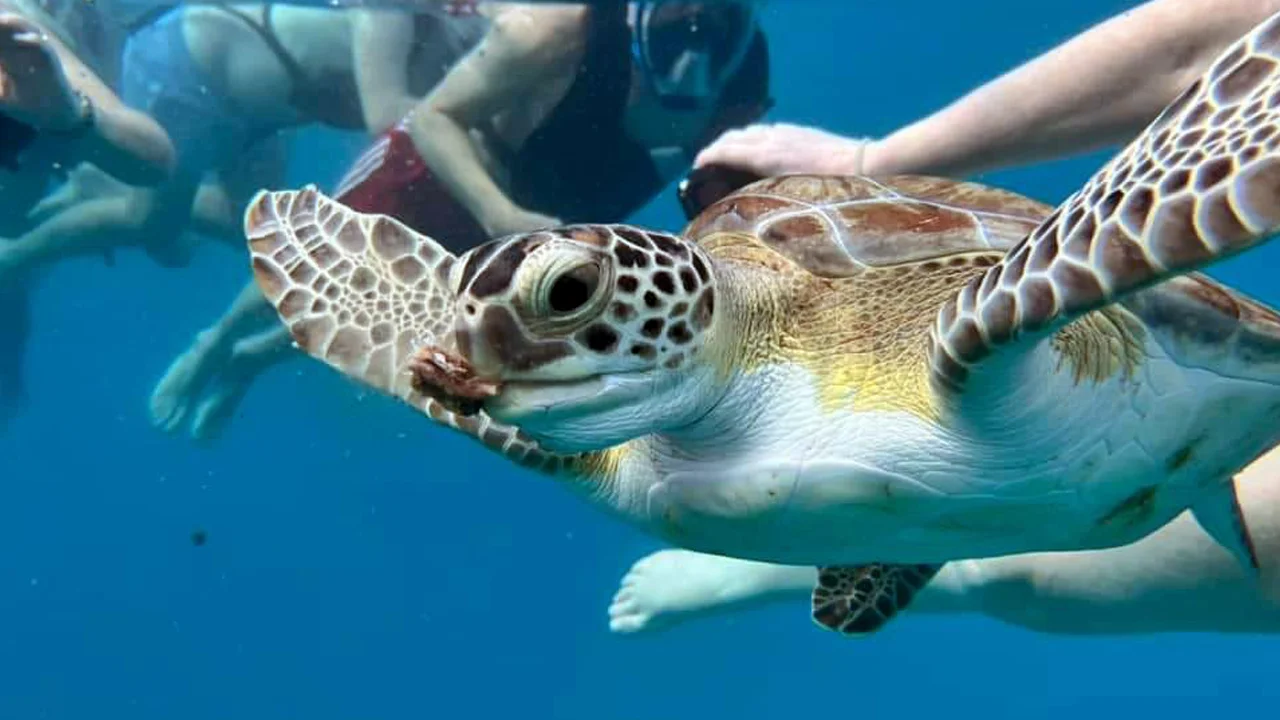Biodiversity Basics

Safeguarding an animal’s welfare has often been regarded as something radical rather than something necessary, at least when compared to protecting species or ecosystems. But respecting an animal’s physical and mental state should be fundamental to any act to protect animals, as individuals, populations or entire species.
…
ANIMONDIAL has its foundations in animal welfare science, and it remains a key topic for us as we strive to empower the Travel & Tourism sector to protect individual animals as much as species. Our reasoning is that you can’t achieve one without the other. Ensuring an individual animal is able to cope with its physical environment, and survive, is the ultimate need. To conserve an endangered species, it is vital to know what elements threaten its survival in order to prevent its extinction. More often than not, this requires an understanding of the species and its species-specific (welfare) needs.
Take wildlife trade as an example. This is considered a major factor in the demise of many species, which may be traded as part of a legal or illegal transaction to rewild a location, stock a zoo, or produce traditional remedies. Failure to safeguard their welfare during trade can result in premature death and the need to source more individuals of that species to fulfil the transaction.
It’s a Science
Protecting an animal’s welfare is a science. It requires applied knowledge, and with millions of different species all having different welfare requirements, lots of knowledge. While there are some general principles, referred to as the Five Freedoms or Domains, every species is unique. All animals, including us humans, need fresh water and nutritious food (one of the Domains), but the needs of a grey parrot are very different from a bottle-nosed dolphin. Seems obvious? Well, until recently all animal species were treated the same, and even today welfare guidance is often applied by family group – for instance treating all primate species the same (from bushbabies to howler monkeys to chimpanzees) when each species has very different welfare needs.
Animal Welfare in Tourism
Informing tourism businesses about welfare science, and empowering them to act on it, is an ongoing need. Decisions on which animal-based activity to sell (e.g. horse-riding, wildlife watching, or visiting an aquarium) are often dictated by factors other than the knowledge of the species. This can create conflict, particularly when people’s livelihoods depend on offering the activity to tourists, or when revenues support a local economy.
Sometimes the best solution for the animals and the people involved is a nuanced one. Continuing an activity while working to improve welfare practices can have a better outcome than walking away and leaving less concerned operators to continue the activity without improvements. I am certainly not suggesting that activities should continue at the sacrifice of an animal’s welfare, but I have seen cases where activities have been axed from itineraries without any consideration to it, and with shocking repercussions.
While animals kept in a captive environment clearly rely on the knowledge of their owner or keeper, safeguarding the welfare of animals in the wild is relevant too. This is not just an issue for endangered species, where poor welfare may impact their survival, but for any animals that are affected by deliberate human activities. Respect for nature is not a principle that can be divided or restricted – it applies to life in all its forms. Customers increasingly appreciate this, and animal welfare issues can be as significant a driver in the marketplace as broader environmental ones. Not taking into account an animal’s welfare in any given situation is a fundamental issue that places tourism businesses at risk – often without them realising.
ANIMONDIAL’s Animal Protection Network supports projects across the world that safeguard animal welfare in captivity and in the wild. Whether they care for orphaned chimpanzees or monitor the impact of viewing tours on whale sharks, their actions are based on animal welfare science. This includes a wide range of topics and disciplines, from resocialising apes traumatised from the pet trade to understanding how the pressures of intensive public interaction may impact individual animals and even their whole population. For instance, intensive wildlife viewing or the feeding of wild animals to offer people the chance to see animals up close, has caused populations to change behaviour, and can place people in danger and even threaten ecosystems.
Nature Positive Tourism
Protecting animal welfare is fundamental to preventing biodiversity loss. Those above examples provide insight and failure to safeguard the individual animal in trade, in captivity or in the wild, may undermine local to regional efforts to protect the species. Meanwhile, for tourism businesses, the reputational benefits of adopting a Nature Positive Tourism approach can be severely undermined if their activities are shown to being damaging to animal welfare.
As climate change displaces ecosystems and species populations, wildlife trafficking drives species to extinction, and plastic poisons habitats, so a failure to recognise animal welfare will result in animal suffering, unnatural behaviours, premature death, and disease emergence. This makes it a critical part of any business plan to protect and enhance biodiversity.
Work with the Experts
Animal welfare principles can easily be researched, but applying them in practice, with full consideration for the species and situations involved, requires expert interpretation. Seek out an expert with relevant experience and recognise that an impartial, informed approach ensures a better outcome for the animals, people and the planet.

